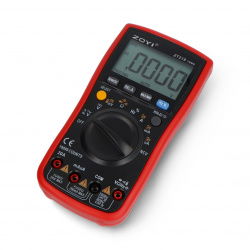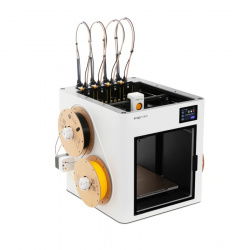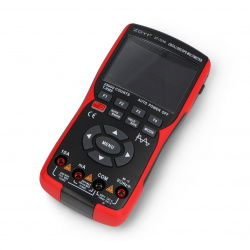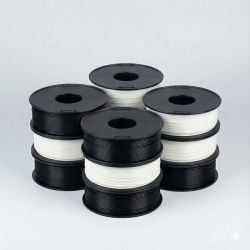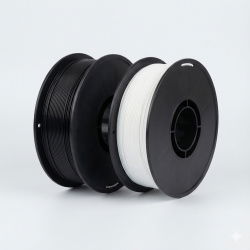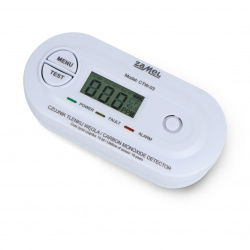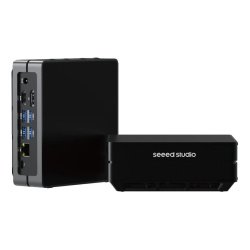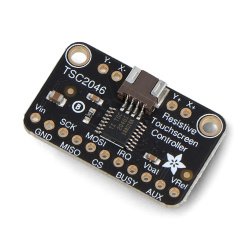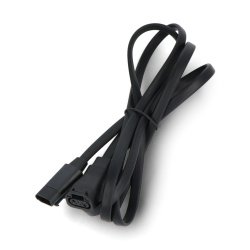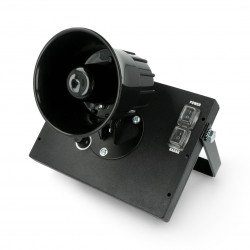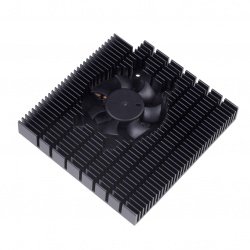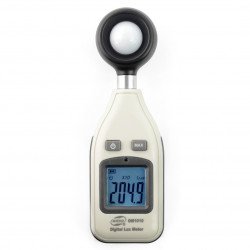Physics of lighting measurements – candela, lumen and lux
When measuring lighting, it is not only the measuring equipment that is important. You should also know the basic physical concepts, so let's try to bring them to beginners a bit.
The basic unit of luminous intensity of a given light source (e.g. LEDs or bulbs) is the candela (symbol 'cd'). It can be assumed that the amount of light corresponds approximately to one ordinary candle (this is how the measurements were born until 1948, when this unit was mathematically constituted in the SI system). Candela is the basis for defining the so-called luminous flux, defining the luminous intensity at a specific angle of light wave distribution. Its unit is lumen (lm). Another key unit is lux (lx). These are the values of the lumen in relation to the area covered in square meters (1lx = 1 lm / m2). The latter unit, lux, is most often used by manufacturers of lighting meters.
Using light meters nowadays – why are they so important?
Lighting meters are the basic work tool wherever light plays an important role, e.g. in production. LEDs, bulbs, LED modules and strips as well as other such light devices are created based on specialized and advanced research. A very important application of lux meters is also testing the compliance of the light intensity in a room with the standard, specifying the minimum amounts of light, which, in accordance with the national regulations, are necessary to perform work in a specific nature. For example, it was found that a minimum of 20 lx lighting is required to recognize facial features. On the other hand, for more precise mechanical or jewelry and other specialized works, an intensity of 1000 lux is necessary. Maintaining the right level of lighting is also necessary to prevent eye damage caused by excessive eye strain. In addition to such practical application, light meters are also widely used in many other industries, including robotics and automation.
Different types of light meters in Botland
If you already know what light meters are for and how light is measured, go to the selection of a specific device. In this category you will find several models of lighting meters. These products differ in both the measuring range and the range of additional functionalities. The simplest light meter - Benetech GM1010 - is a device that has a large measuring range (from 0 to 200,000 lx) and an accuracy of 4% of the reading +/- 10 significant digits. Another interesting light meter is the UNI-T UT381. The device operates in the range of up to 20,000 lux and allows to record measurement data. The CEM DT-1309 light meter, apart from a convenient measuring head connected to the meter with a spiral cable, provides the ability to detect peak values (PEAK). The device is also equipped with a USB interface, so it can be conveniently and quickly connected to a computer or telephone.
Familiarize yourself with all the lighting meters now, and if you need advice, feel free to contact us!






























































































































































































































































































































